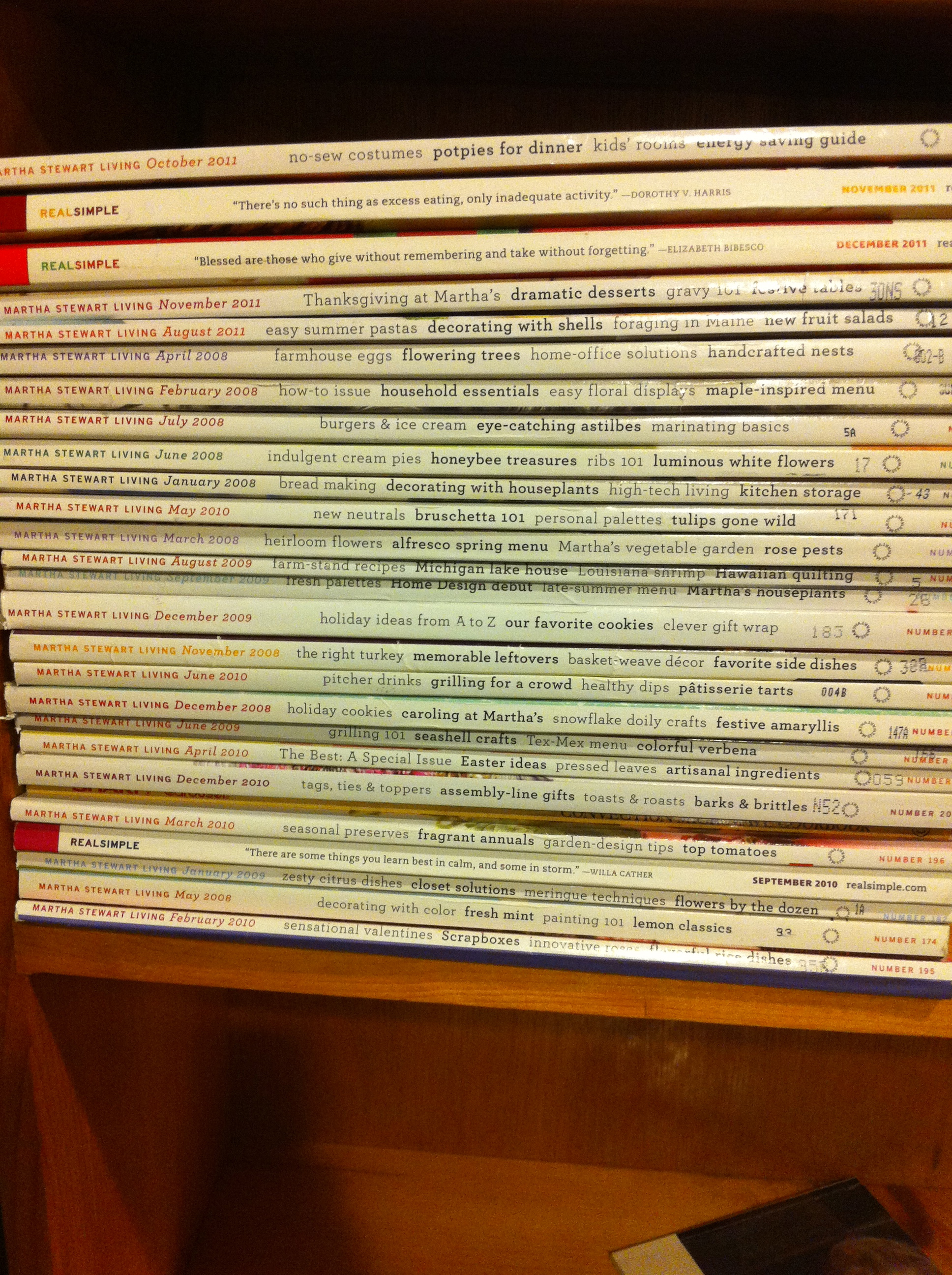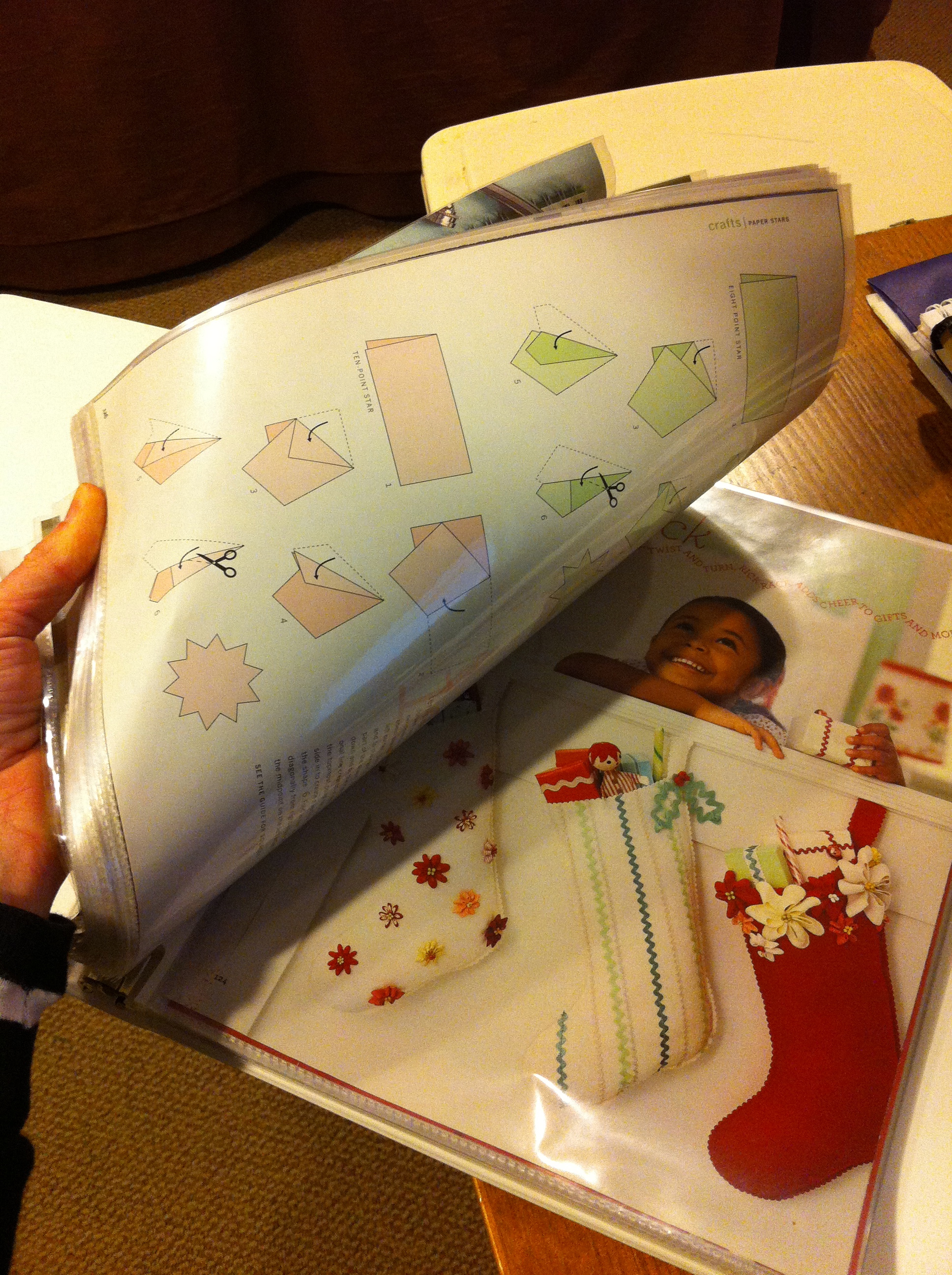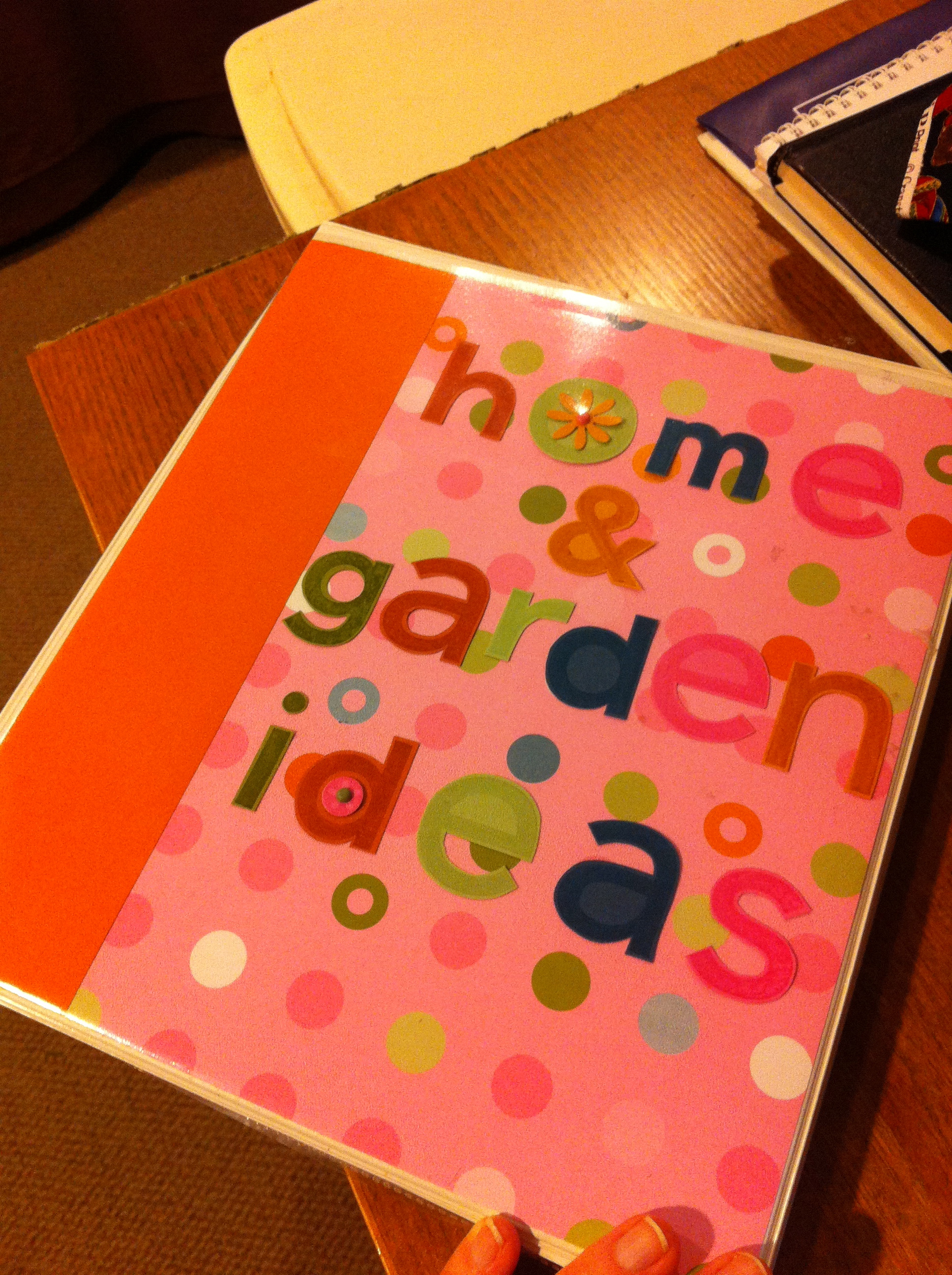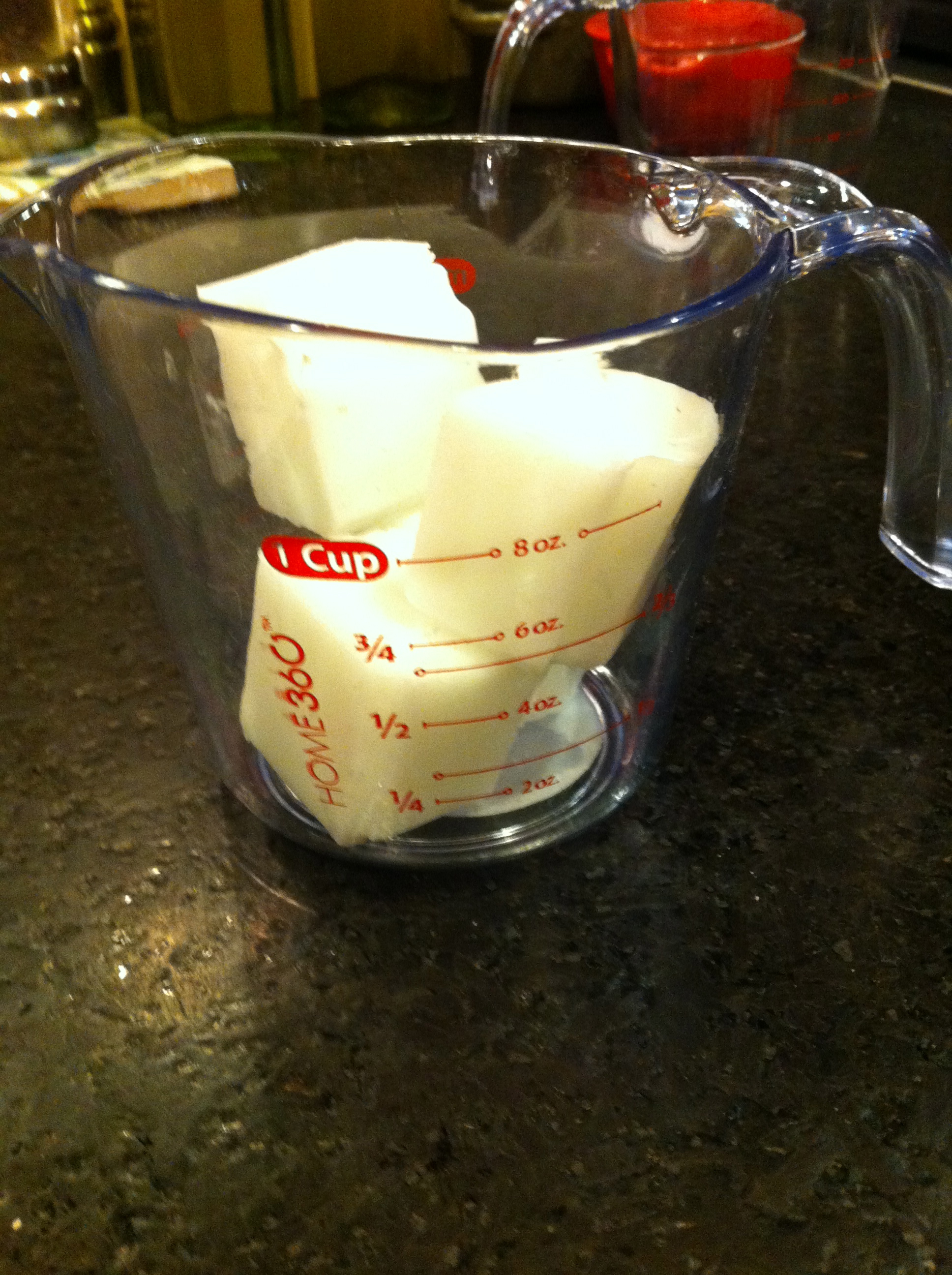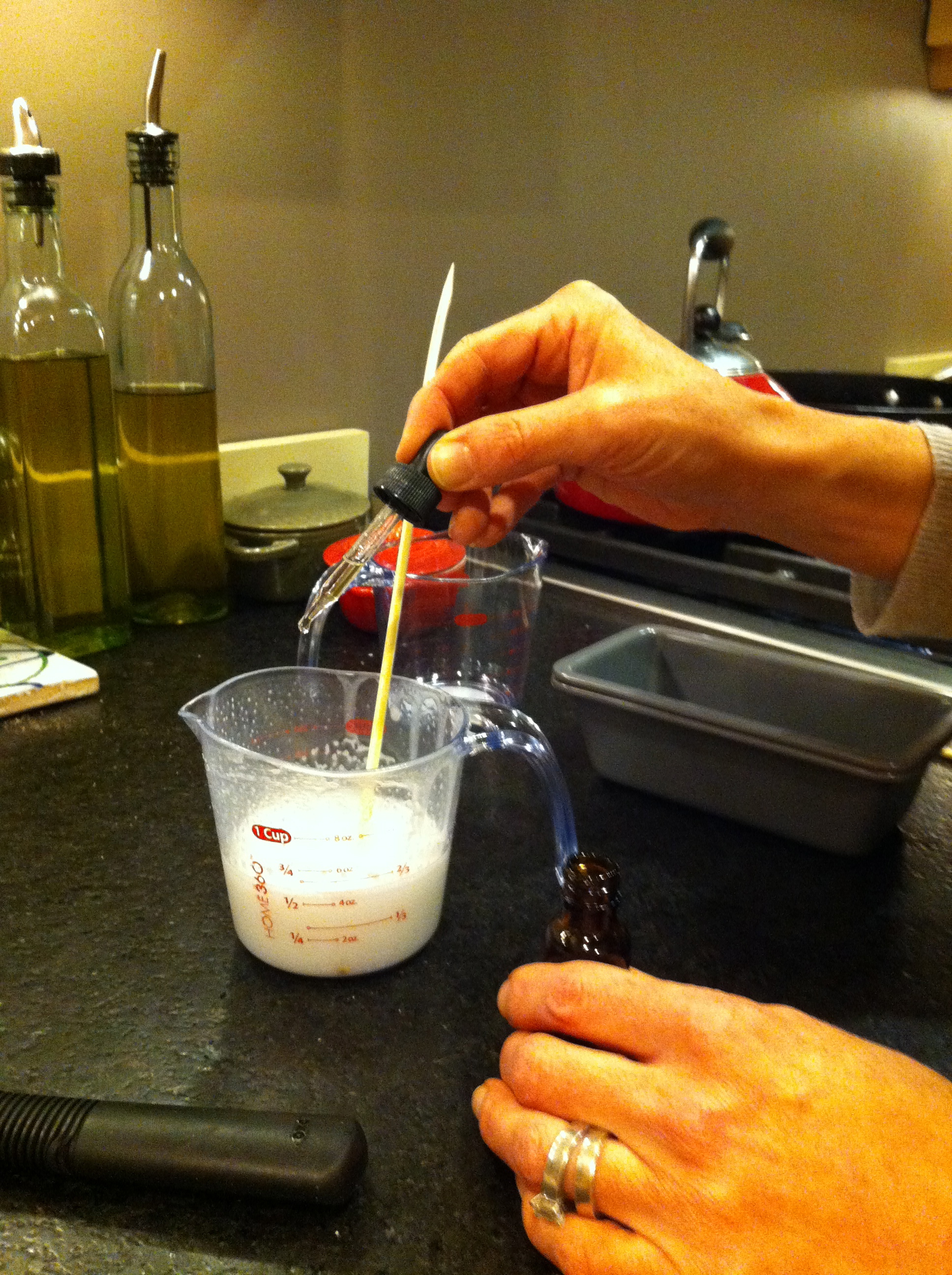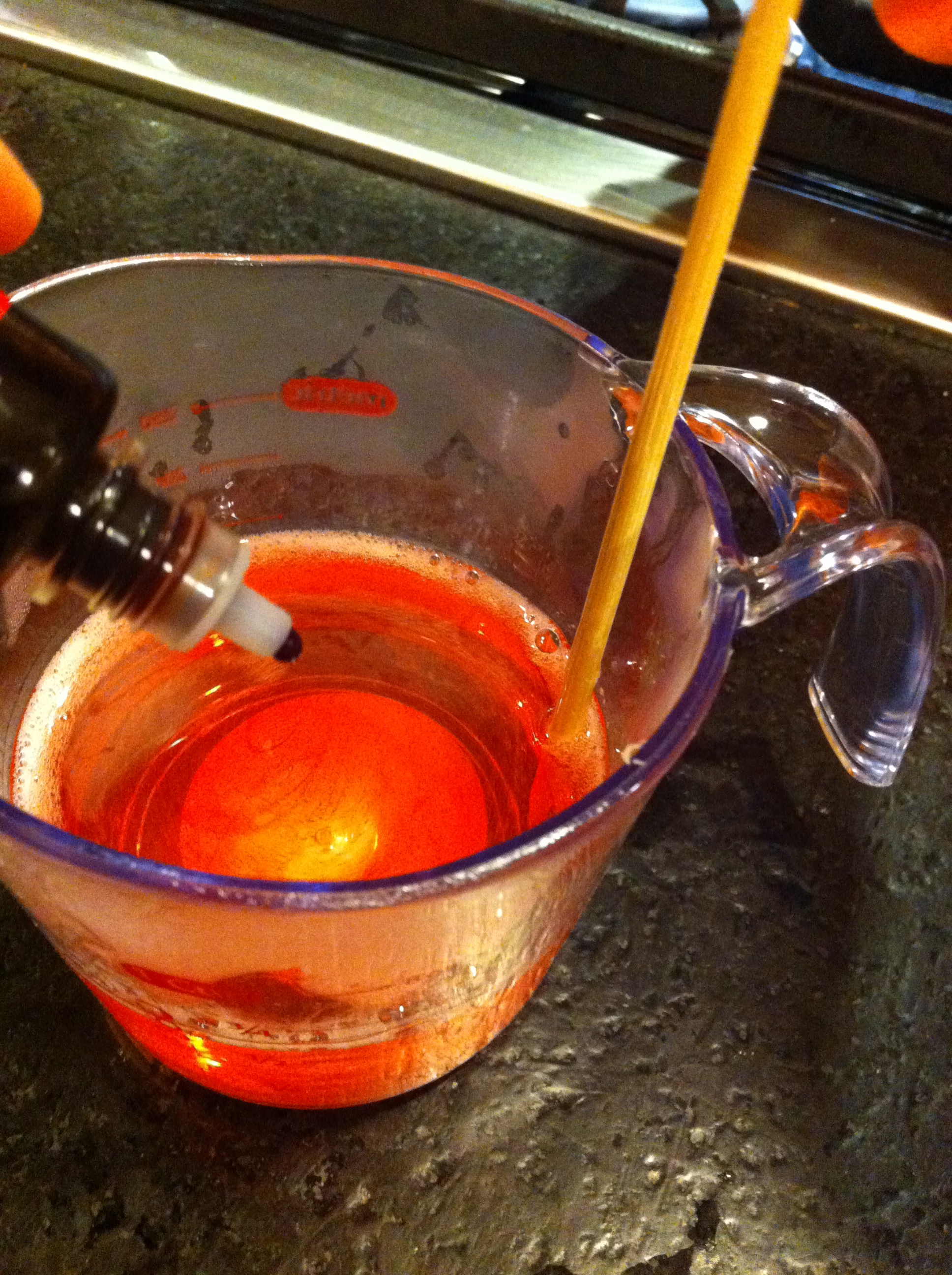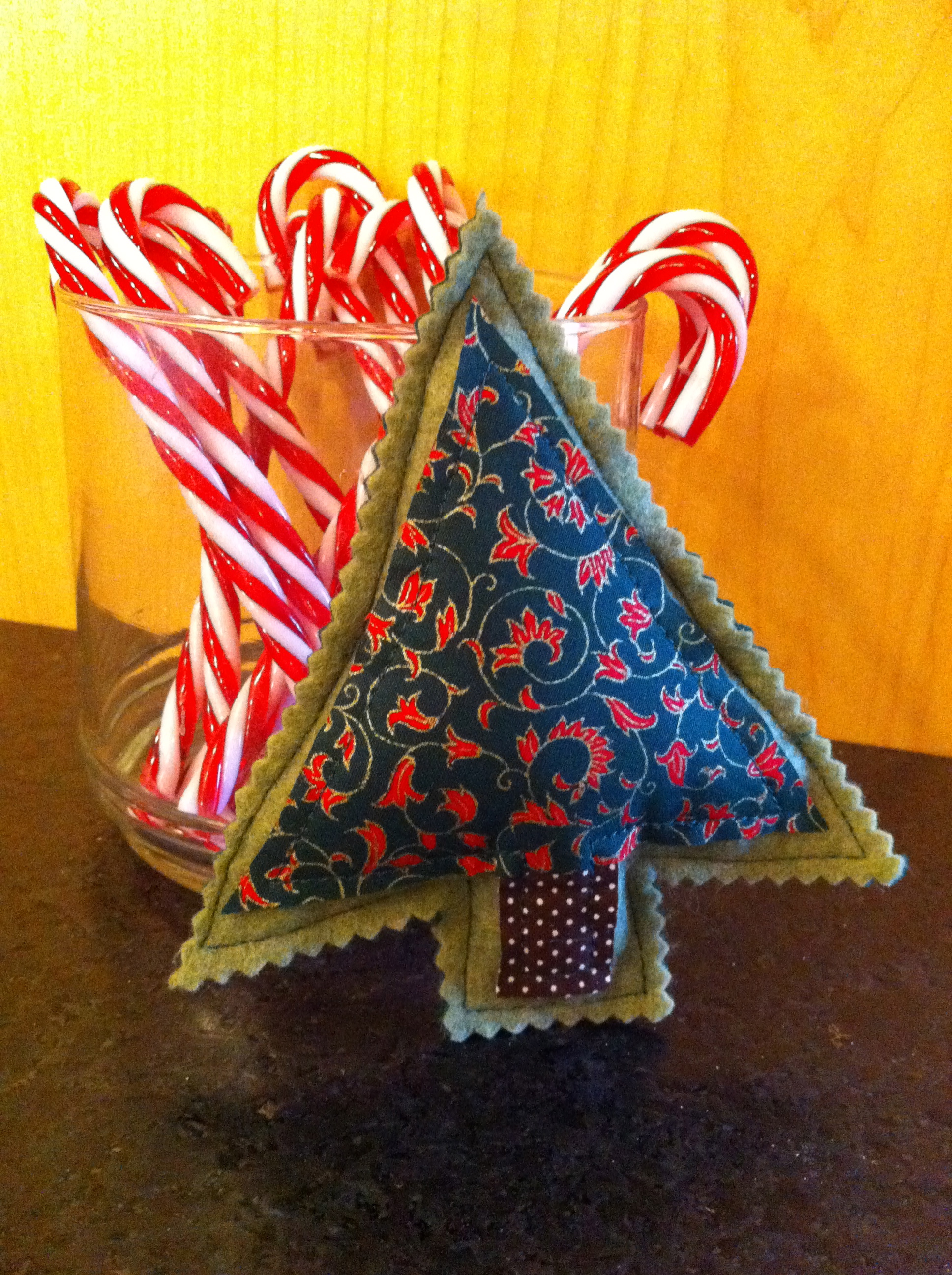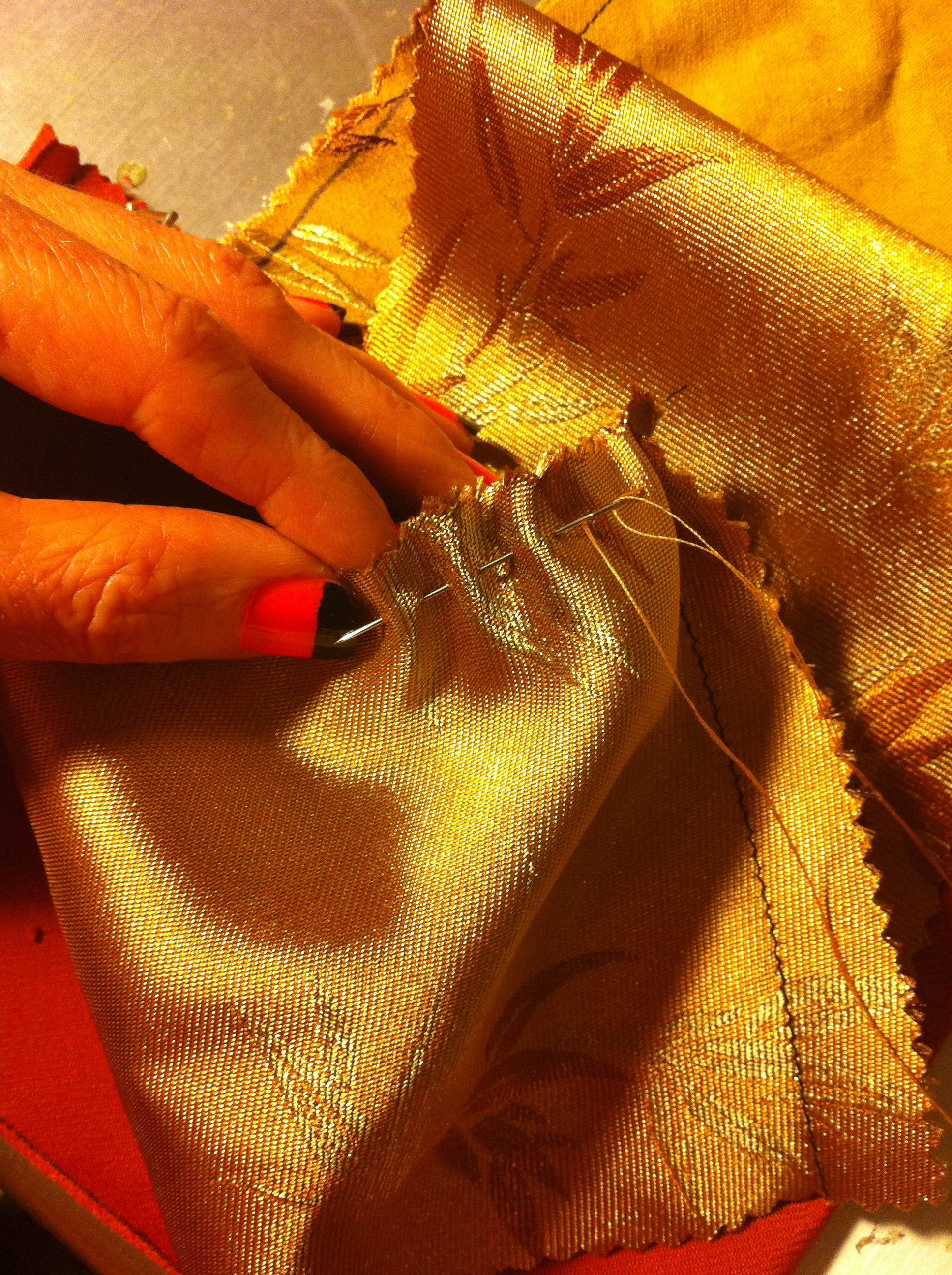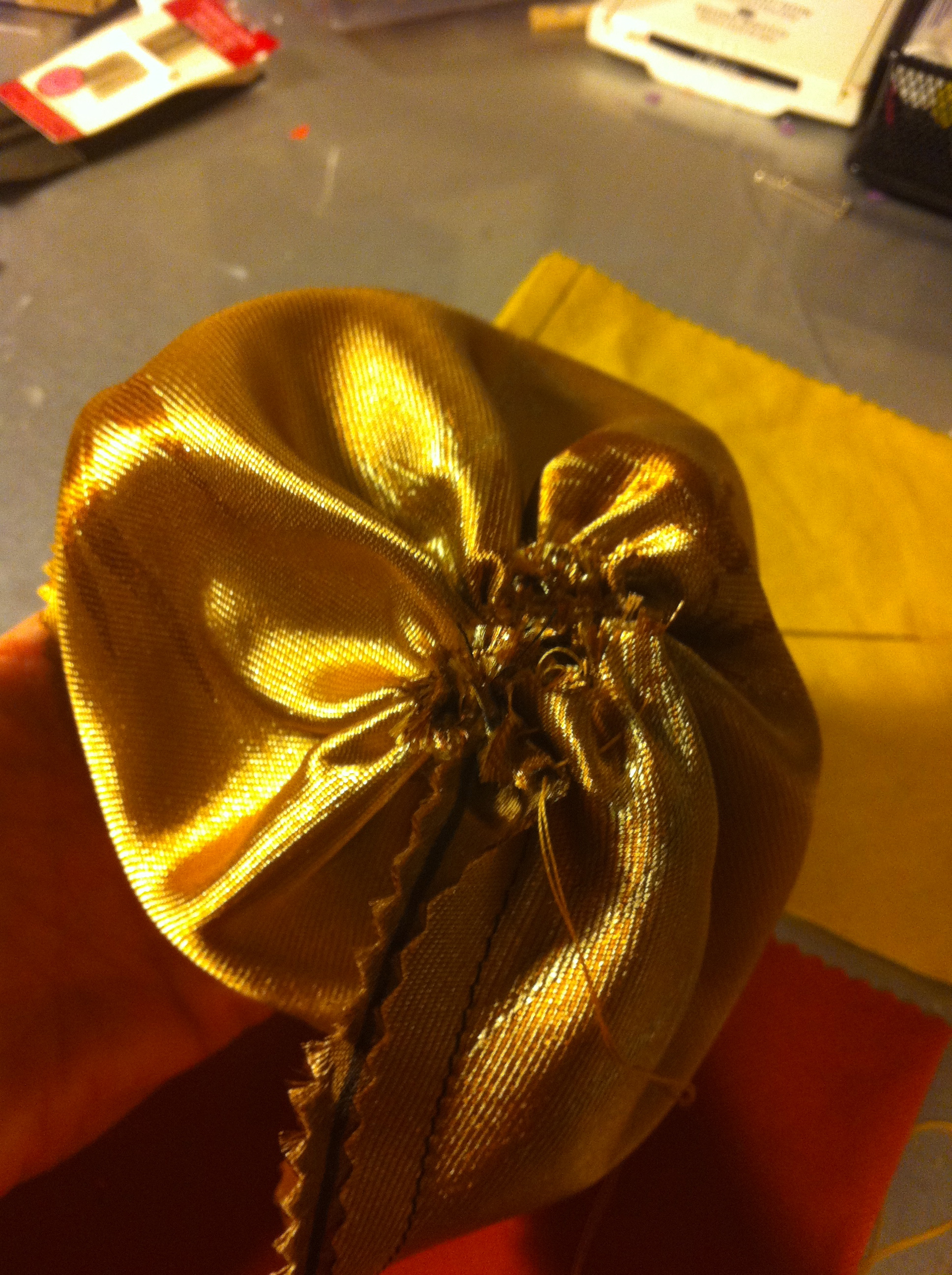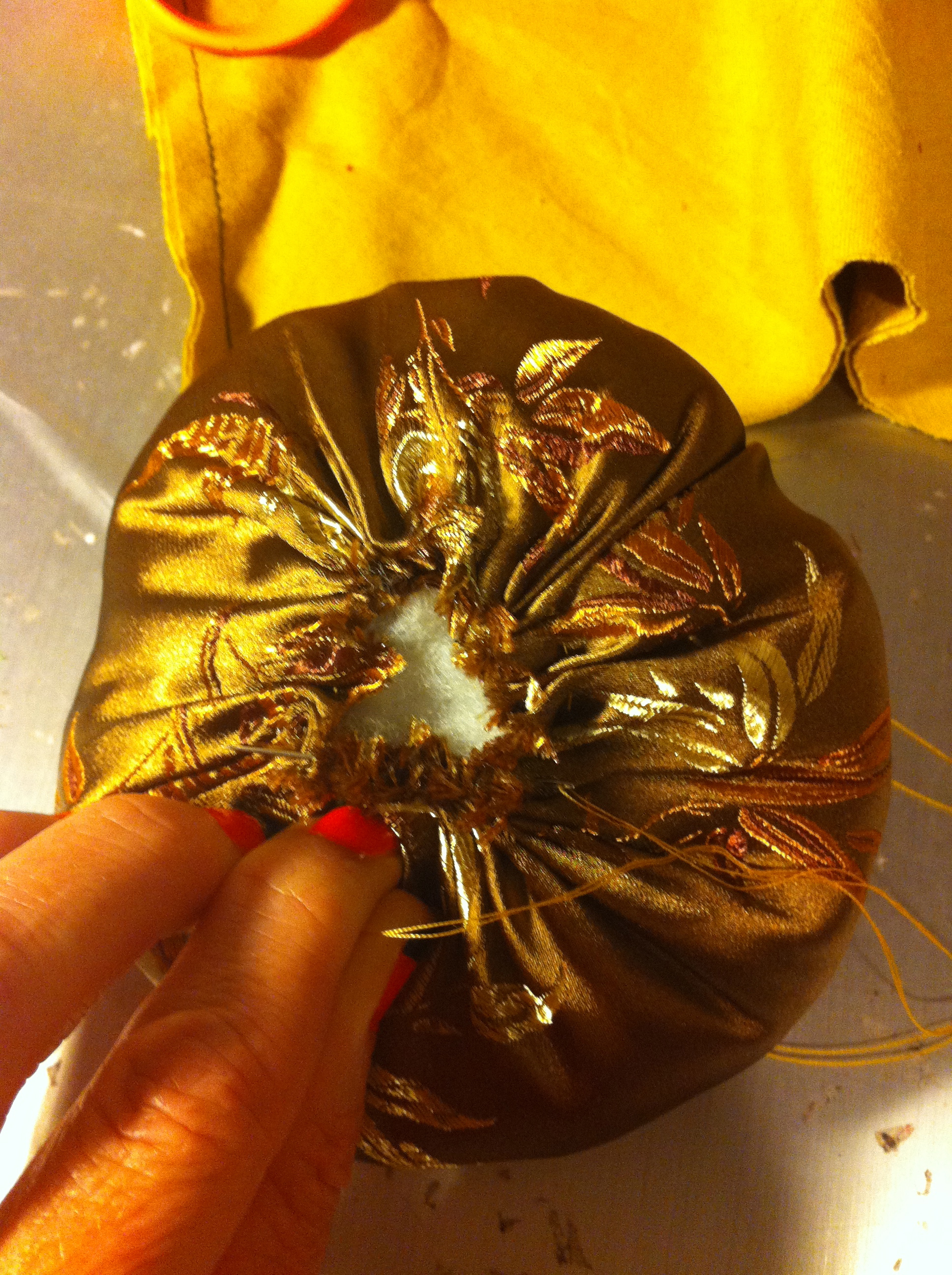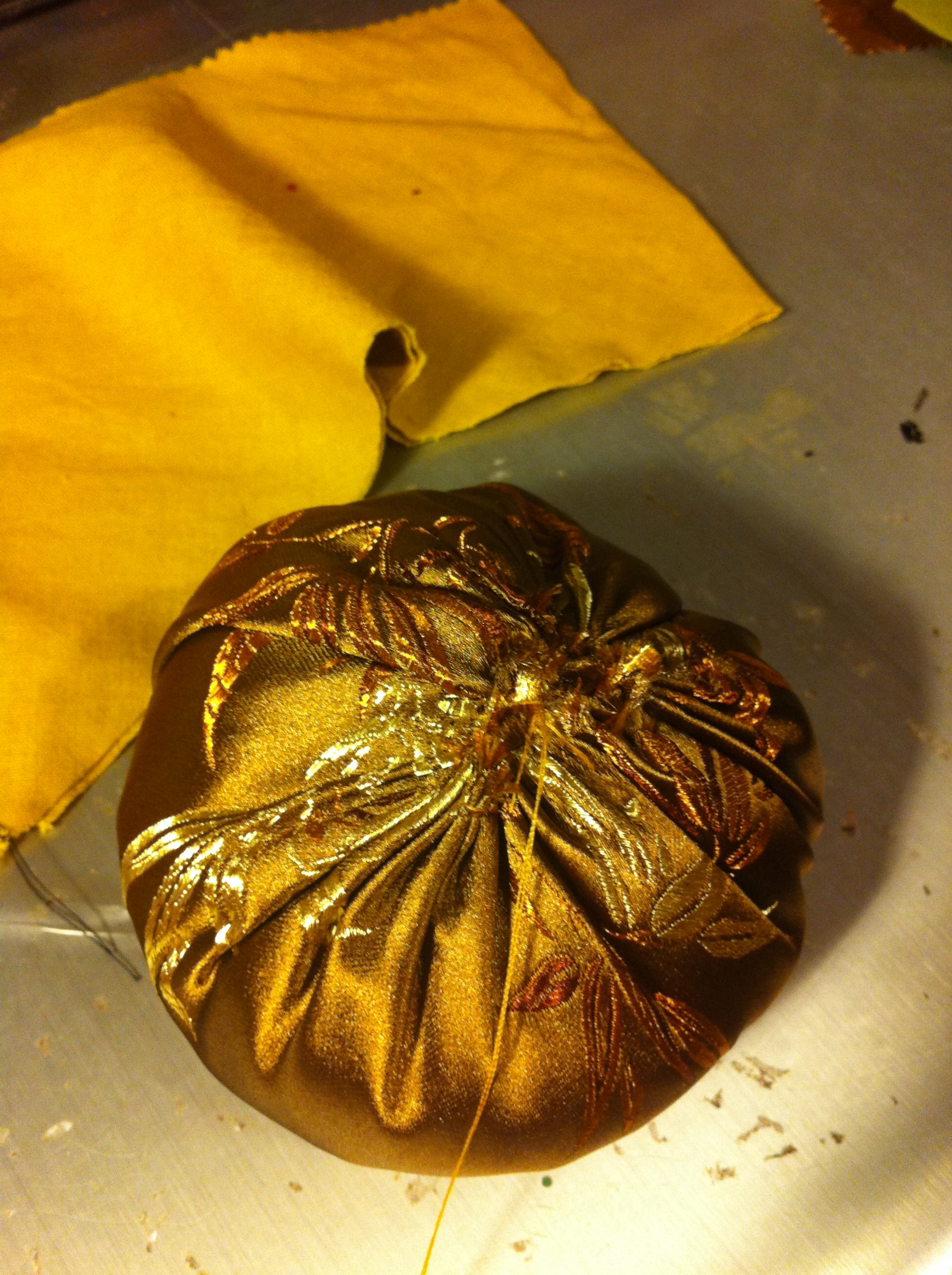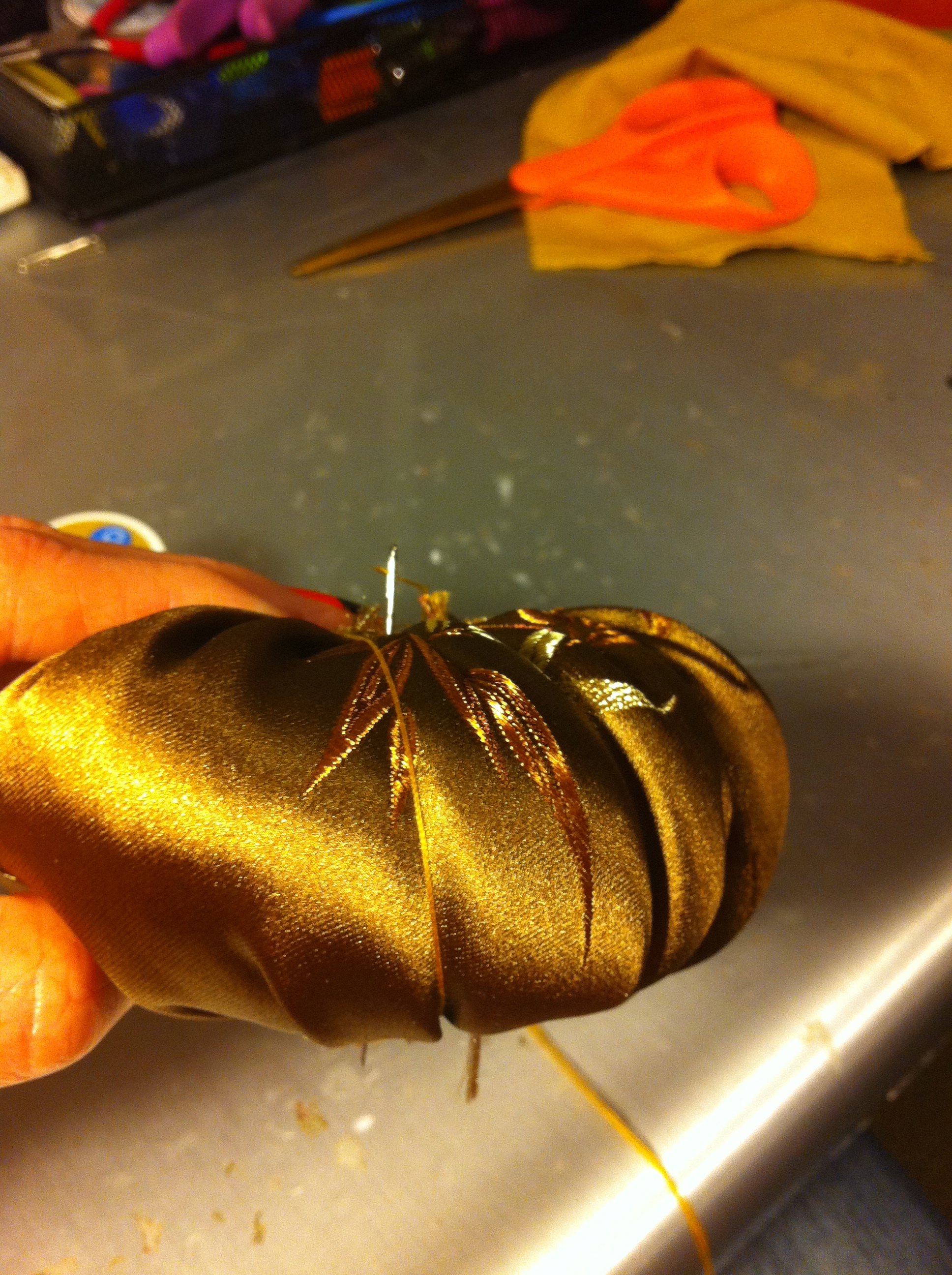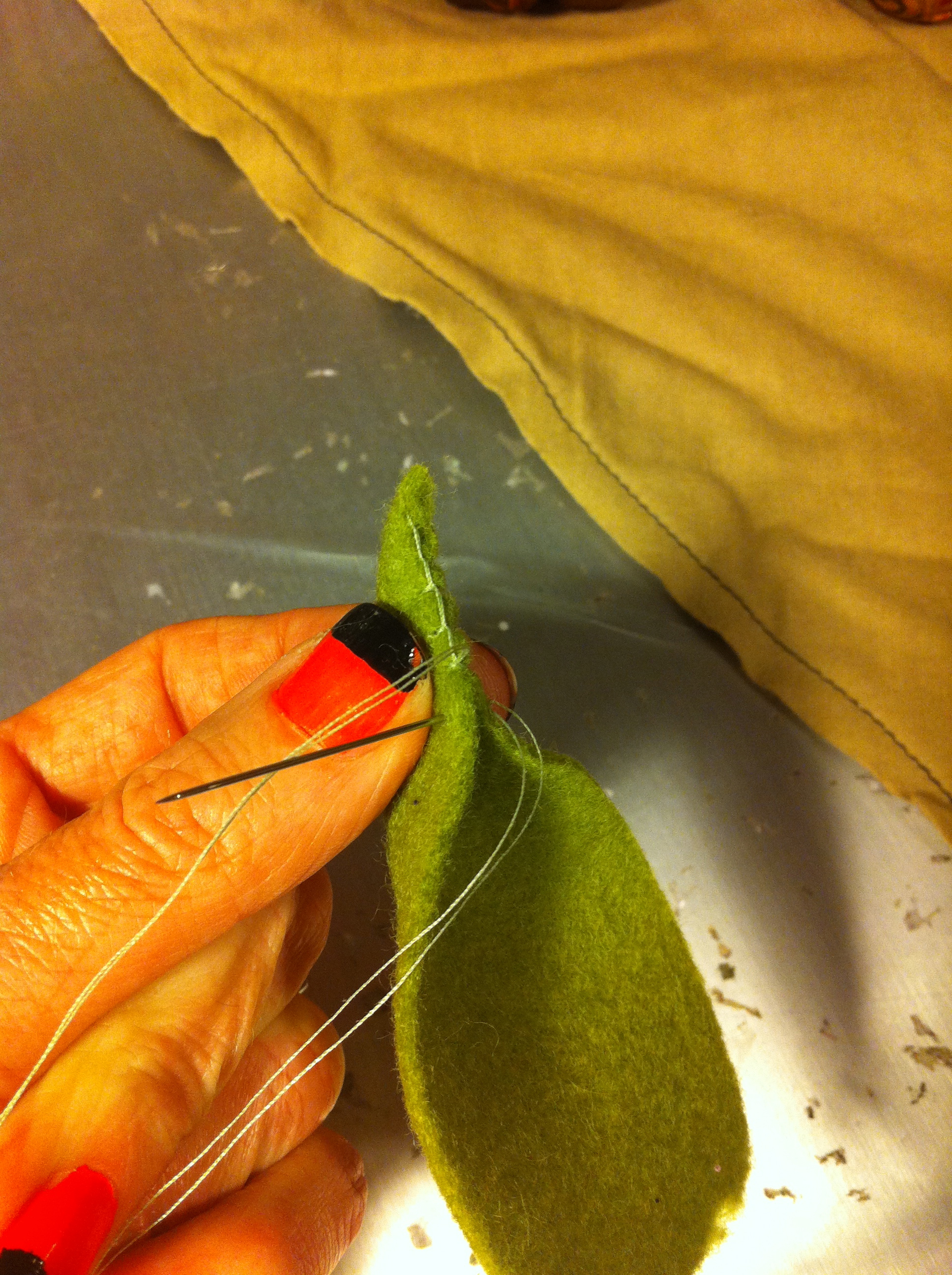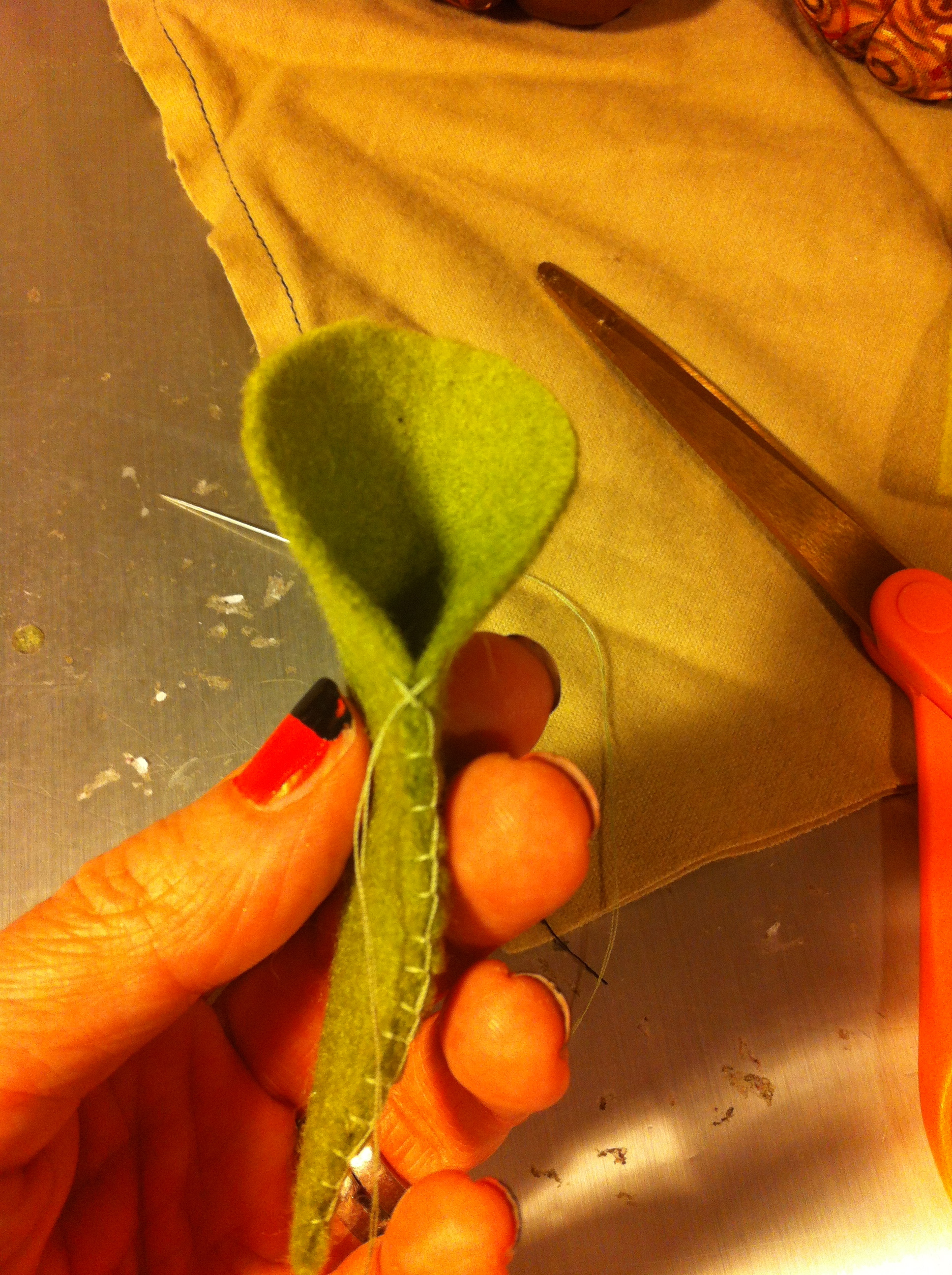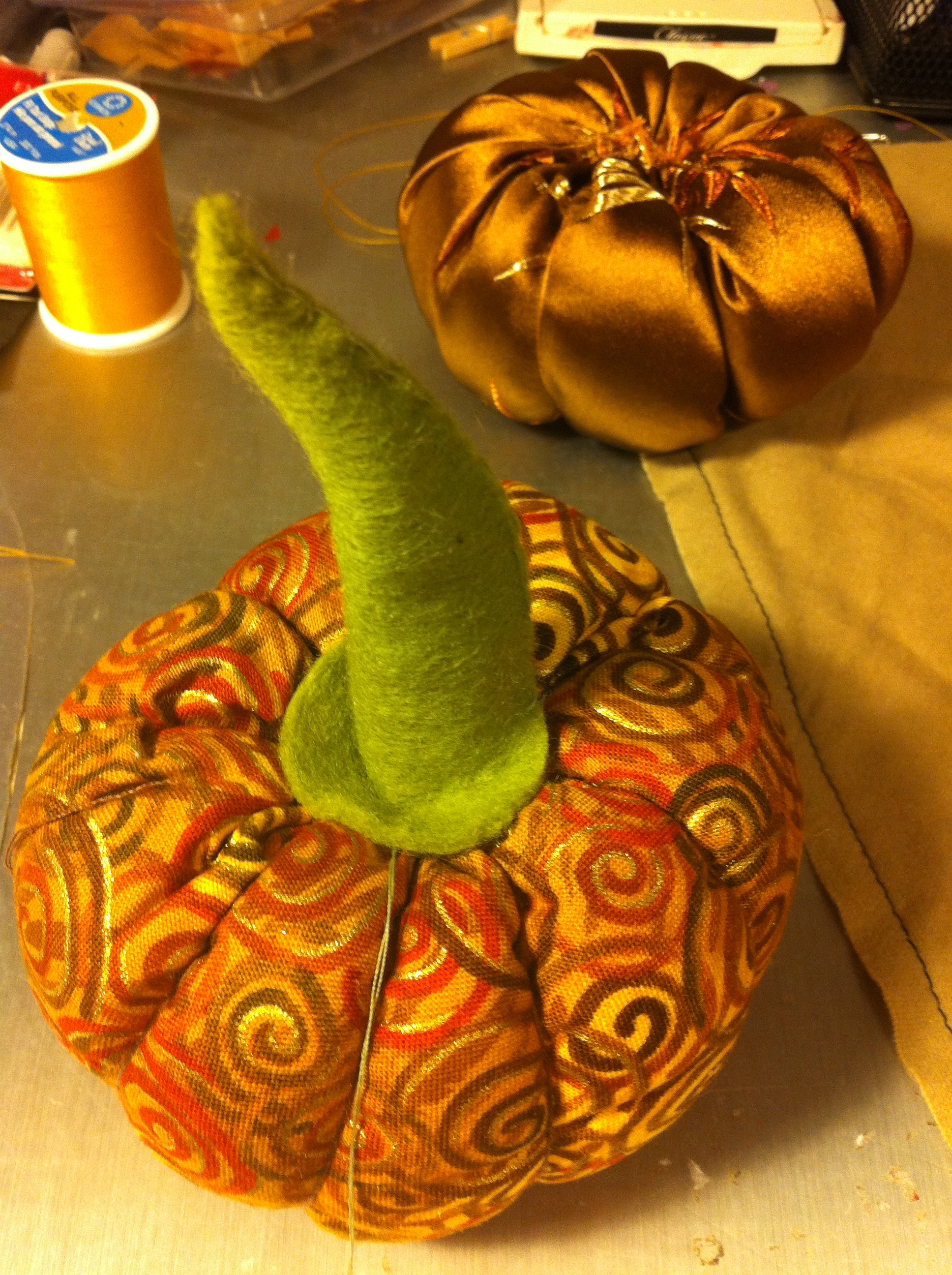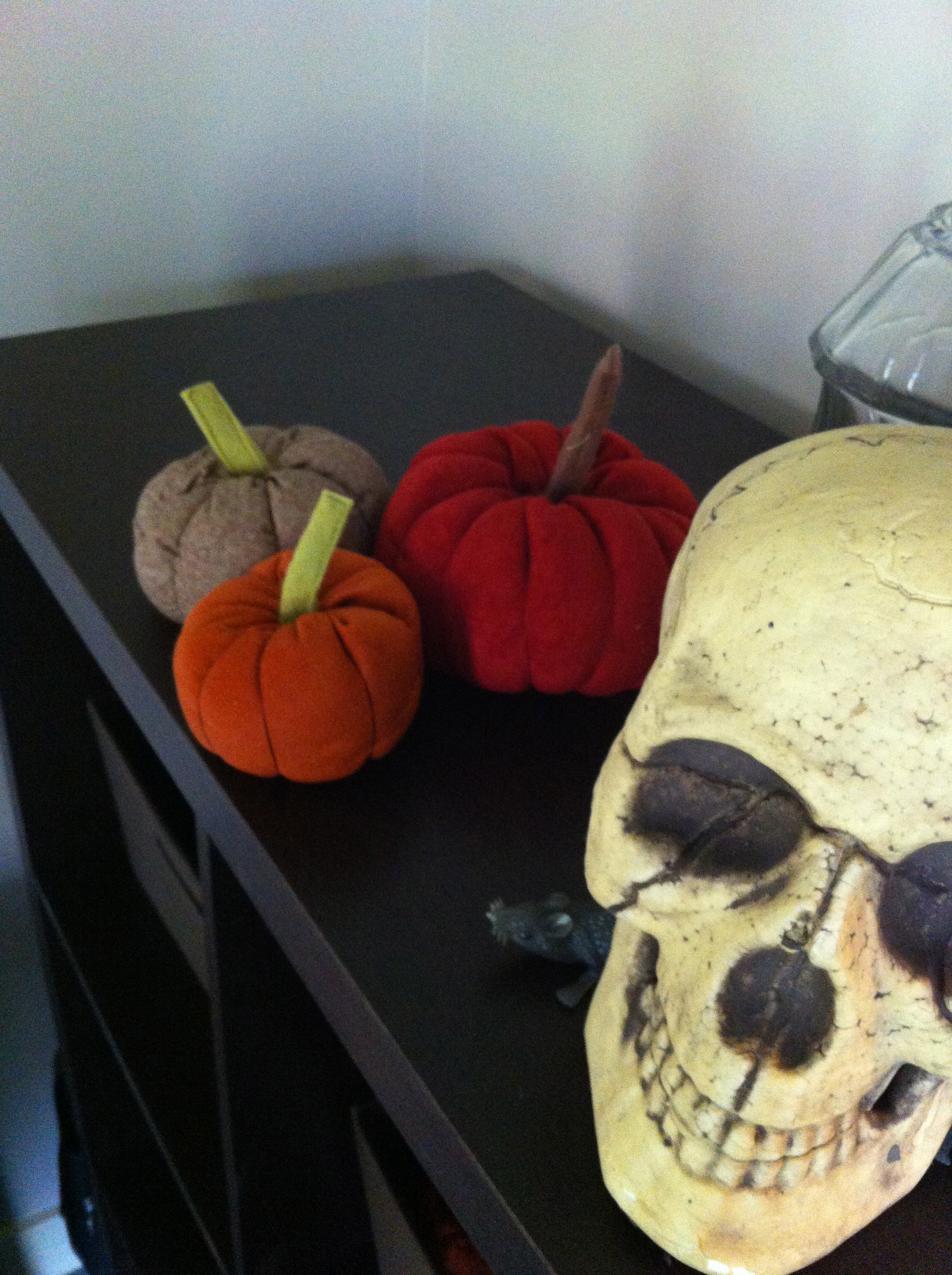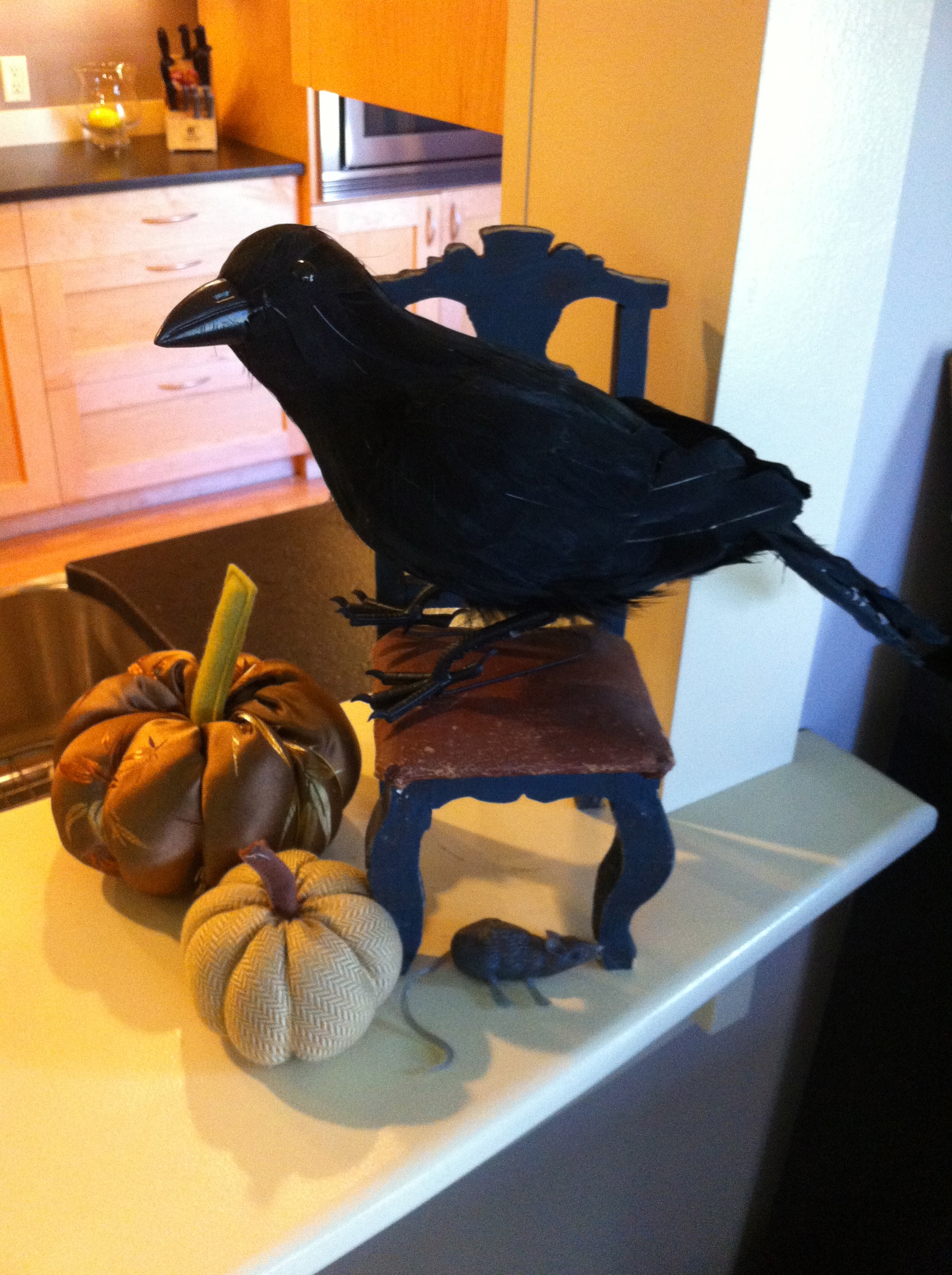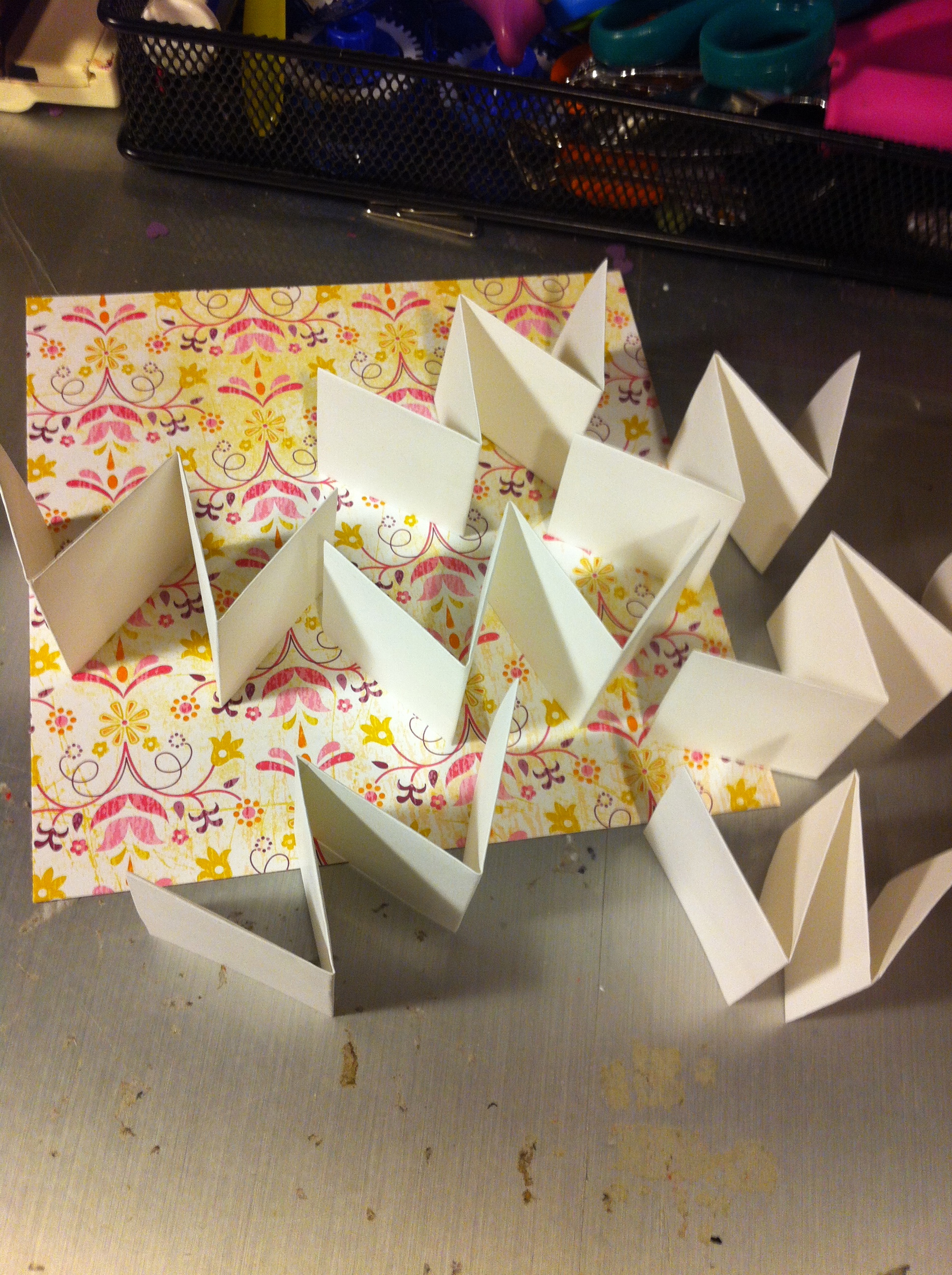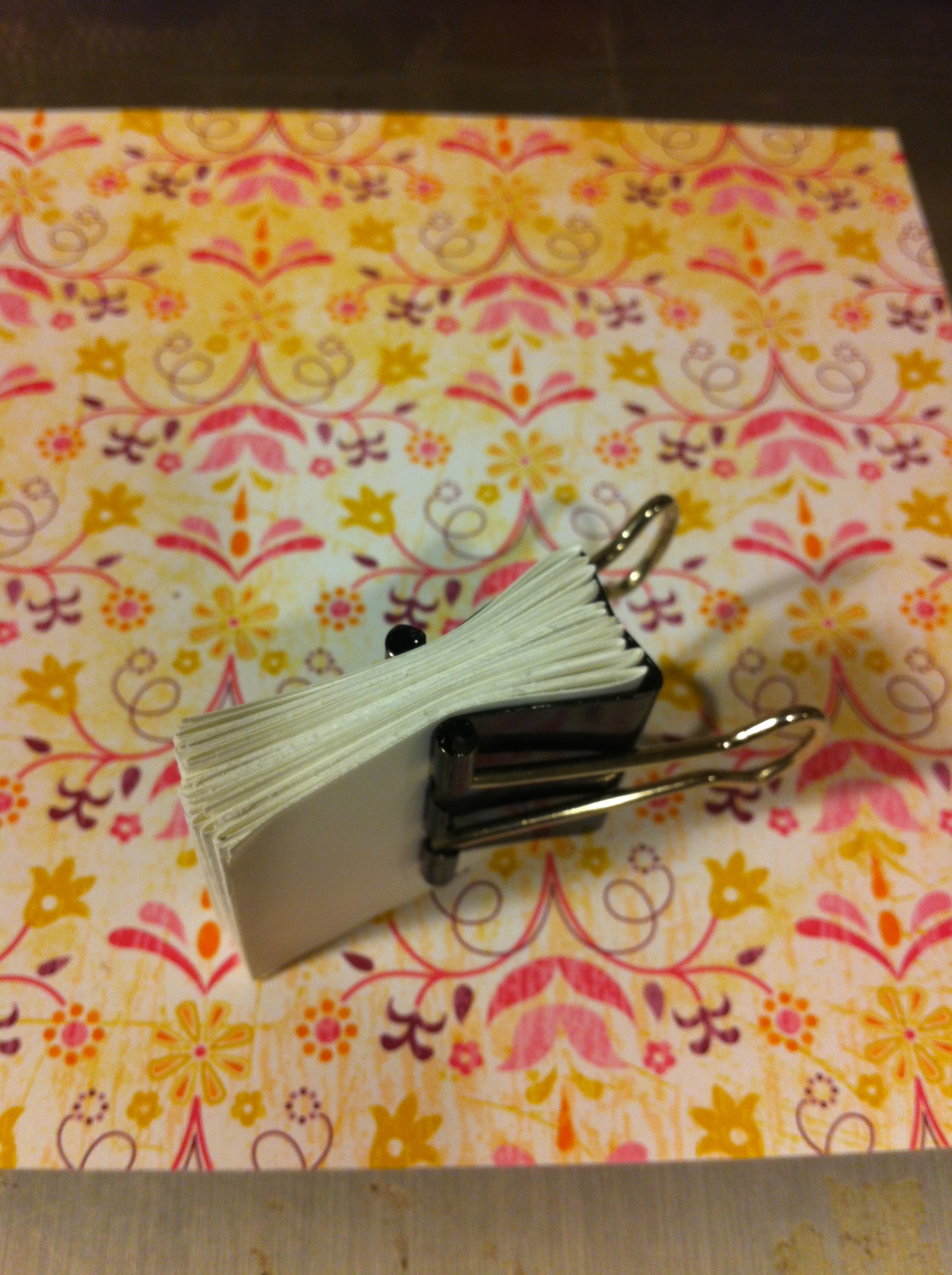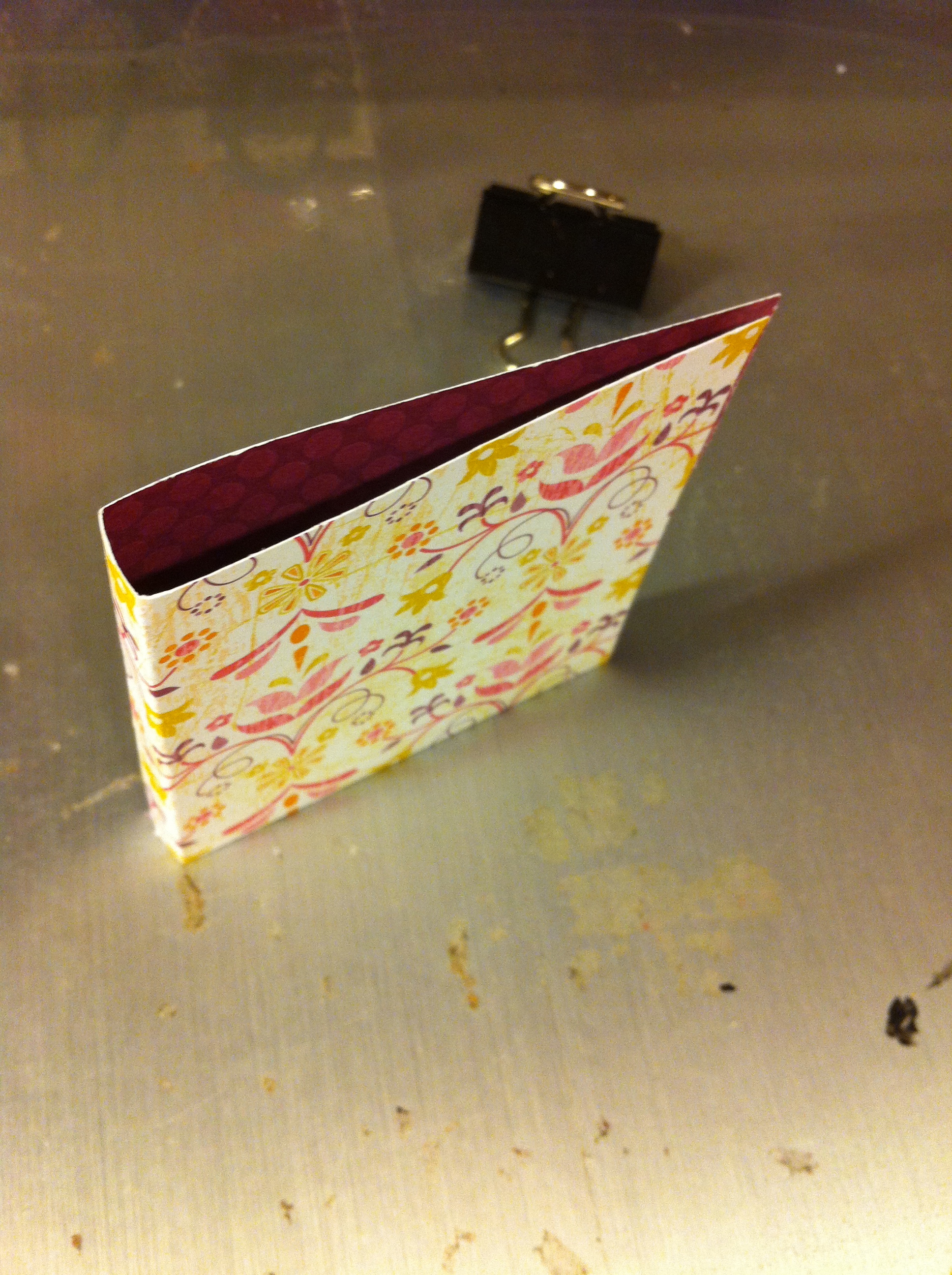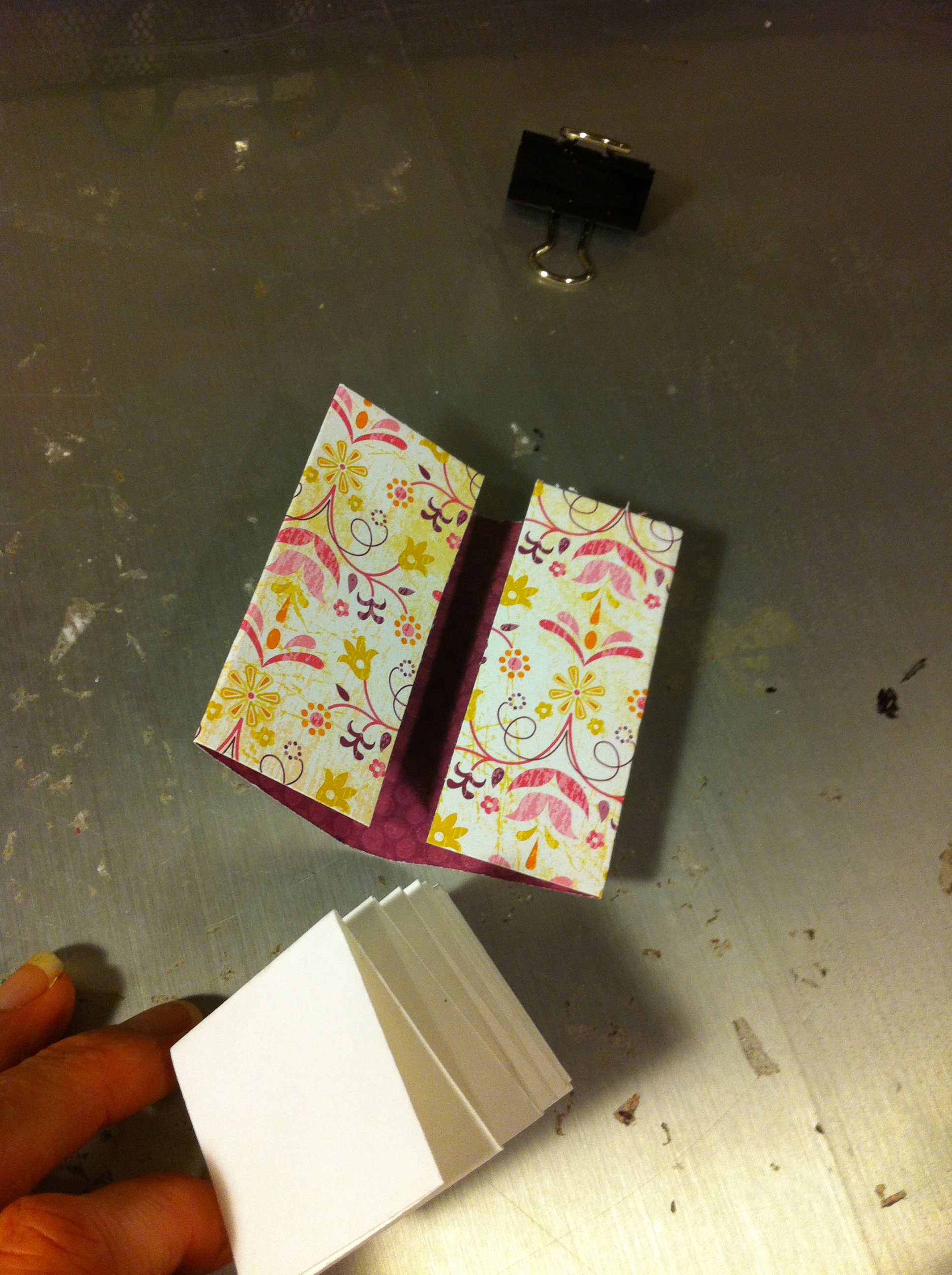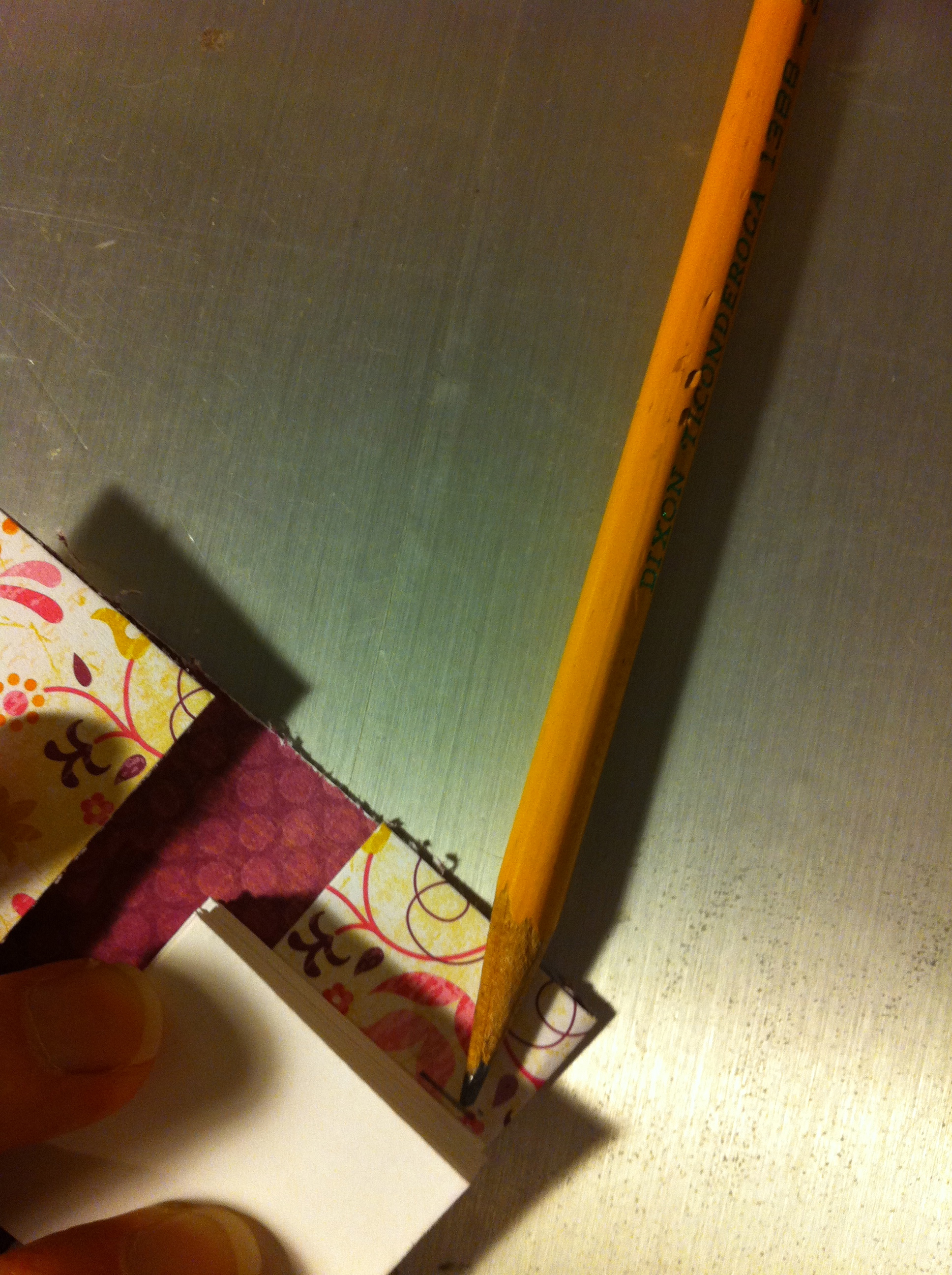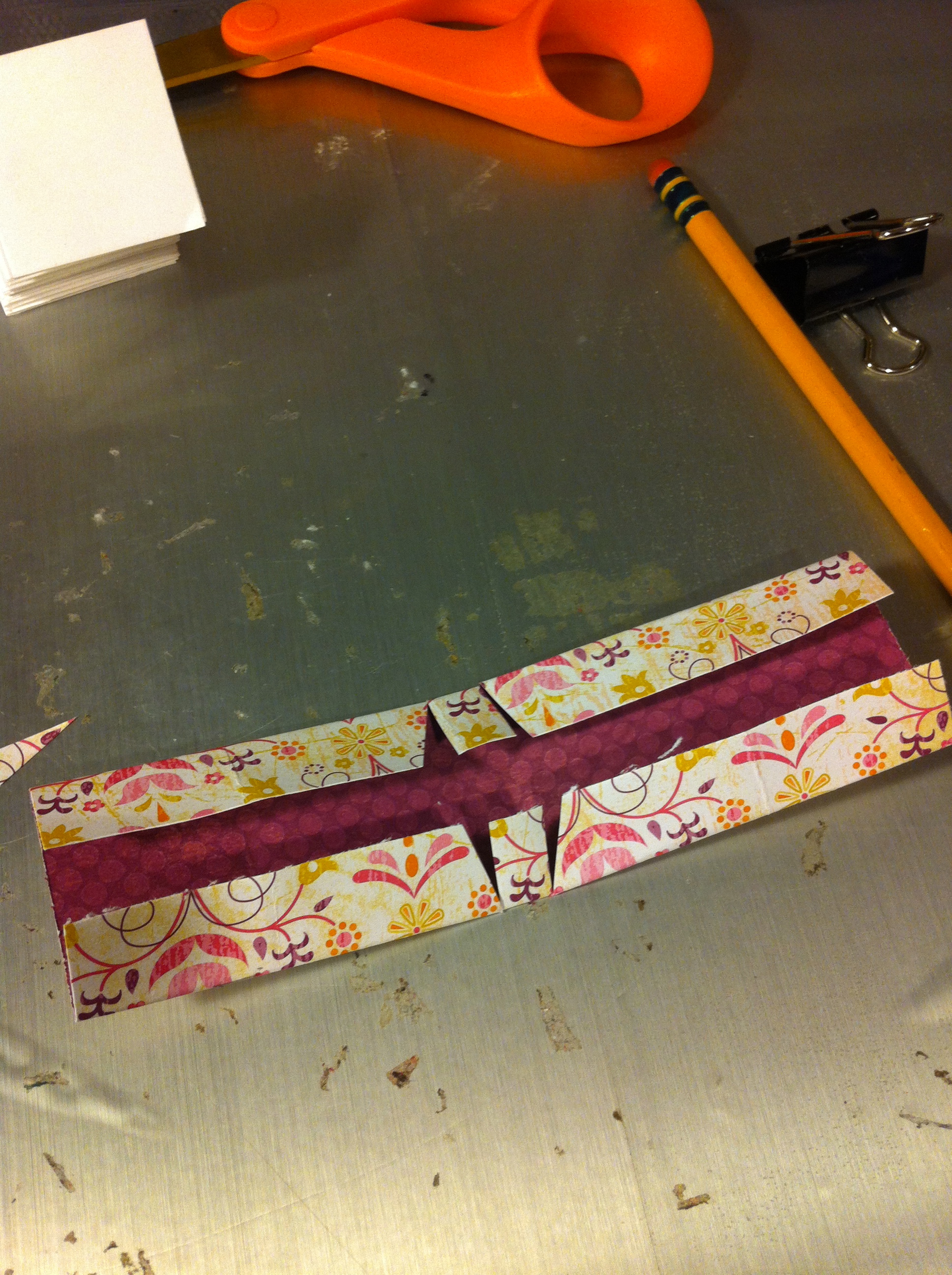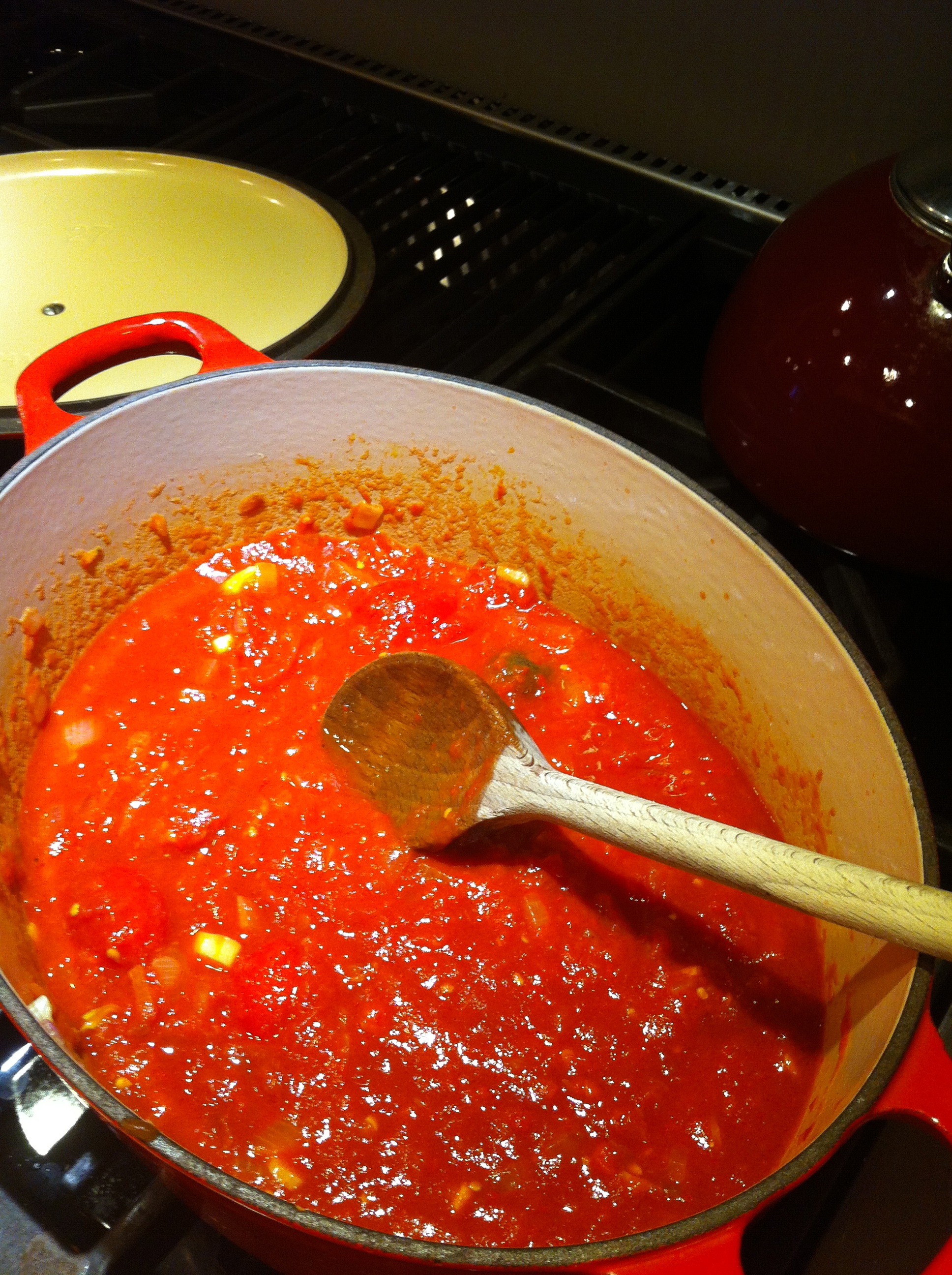October 17th fifty-seven years ago was without doubt the longest day of my life until then, and probably the longest day of my entire life. For on October 17, 1955, I awoke at an hour that was not just unusual for me, but absolutely, positively unbelievable: 6:00 A.M. Truly, there was nothing in this world (well, maybe one thing) that could get me out of bed at that ungodly hour when I was 22 years old. But on that brisk October morning so long ago, I had an appointment at 8 o’clock which by law I had to keep. It was an appointment at the Armed Forces Induction Center at 17 Whitehall Street in New York City. I had been inducted – “drafted” was the more preferred word – into the United States Army, which for the next 2 years, 1 month and 10 days would become my home, my employer, my guardian and my omnipresent monitor.
Surprisingly, my father was more frightened and upset than my usually hysterical mother over their son’s impending departure into the unknown of military service, a service that since 1941 had become mandatory for all of the able-bodied and mentally competent young men of the United States of America. At a physical exam a couple of years previous to that 17th day of October, the military established determined that I was both able-bodied and mentally competent to serve my country. Not only that, but at a physical exam to be held later during The Longest Day, the United States Army’s doctors determined that despite all of my 130 lbs. distributed evenly in a 6-foot bony frame, I was so physically fit that I would qualify for the so-called “Queen of Battle”: the infantry (a qualification that was to be implemented several months later).
I packed a small bag of toiletries and a few pair of underwear, and about seven o’clock I said good-bye to a quasi-tearful mother and walked, however reluctantly with my father to the subway station at 174th Street and the Grand Concourse. He had insisted upon accompanying me at least to the point (50th Street-Rockefeller Center) where he would get off the train and go to his office. I could not imagine why he was so frightened. Certainly there was no war – the Korean War had ended almost two years before – and there was no discernible danger of his son lying in some foxhole with artillery shells falling all around him. The only danger (especially if one was a Republican, which my father was) would be from a nuclear bomb set off by what was then known as the Soviet Union (today, of course, Russia). When the train arrived at 50th Street, he did not get off. He insisted upon riding with me all the way to Whitehall Street, something that I quickly made clear I did not want. But he could not be persuaded. He walked with me until the building into which I would soon disappear came into sight. I was not a very happy camper over this display of mother hen smothering, and finally had to assert myself and tell him that this was as far as he could go. He sheepishly acquiesced and we said an unemotional good-bye.
The induction center was a beehive of activity: well over 100 young men (some discernibly unhappy and/or frightened) being herded like cattle through physical exams, immunization shots and interviews with psychiatrists. Some two or perhaps three hours later, the cattle-herding and the filling out of at least one ton of papers ended save for one more herding maneuver into room that was meant to hold no more than 50 people. It was there that we all raised our right hands and swore to uphold the Constitution (just like presidents do) and serve our country faithfully…”so help us God”. I was now a bona-fide member of the “greatest fighting force the world has ever seen” (screw you, Julius Caesar) of the “greatest nation in the world” (screw you too, Soviet Union). And when I walked out the door of 17 Whitehall Street that morning with my newly-minted fellow fighting men, I had something that I didn’t have when I walked through those doors: a number, a number that would be etched, branded into my brain for a lifetime: US 51 360 938. And as I would quickly learn, the prefix “US” was a true badge of honor, for it denoted that the holder of the number was a draftee, not a volunteer. Volunteers or enlistees carried the prefix “RA” before their numbers. But I would also learn soon that those with the “US” prefix were held in contempt by training sergeants, a fact which depending on circumstances could lead to a bit of discomfort for those of us who had shown hesitancy to serve our country.
Following our mass swearing of allegiance, we were lined up in orderly military fashion and escorted by a couple of sergeants to four waiting buses, which would transport us to a place called Fort Dix in the absolutely flat terrain of central New Jersey. Upon arrival at this sprawling military reservation, we were brought to an area of warehouses, storage depots and old barracks called the “Reception Station”. And it was here that we would all lose the last vestiges of our soft, decadent civilian lives. We were broken up into distinct groups of 50 and those groups were in typical military fashion given numbers. My group was number 3-17-1.
The cattle-herding resumed. We were first herded to our barracks, told to leave our few personal belongings there, and then herded to an enormous warehouse, where the very first item we were given was a big heavy-cloth bag, called in Army nomenclature, “Bag, Duffle, OG, 1 ea.” (OG was an Army acronym for olive green). That bag would in the next hour or two be filled with all sorts and manner of clothing and miscellaneous articles, so much so that it would end up weighing not an ounce less than 50 lbs. There were two pair of boots, five pair of socks to go with the boots, two pair of low quarter shoes along with 3 pair of socks to be worn with those shoes; there were four pair of fatigue uniforms, two pair of winter OD (olive drab) dress uniforms, two pair of summer khaki uniforms, two caps for the fatigue uniform, a “flying saucer” cap for the winter dress uniform and a soft cap also for the dress uniform (the latter cap being formerly known as the “overseas cap”, but called in Army argot by a vulgate term for a particular part of the female anatomy), one “flying saucer” cap for the summer khaki uniform along with one soft cap for the summer uniform, one large winter dress overcoat – which alone weighed about 5 lbs –, one winter field jacket with winter liner, miscellaneous belts, ties and accessories and even underwear. The Army, at least according to rumor, the lifeblood of the organization, wanted its soldiers to wear its underwear. Each and every article that was given to us required our signatures and our new service numbers.
From the monster warehouse we were herded with our 50-lb. duffle bags to the barracks, where we were told to remove our civilian clothes and don our brand-new shining fatigue uniforms and brand-new and very stiff boots. We were instructed that we had four days within which to return all of our civilian clothes whence they had cometh, or alternatively dispose of them in the appropriate “can, trash, 1 ea.”. The only civilian vestiges we were allowed were our toiletries and our wrist watches. From now on, our world would be olive drab or olive green. No exceptions.

The remainder of The Longest Day was devoted to orientation, endless orientation, with time out for nourishment in one of the most venerable institutions of the military establishment: the Mess Hall. Breakfast, lunch and dinner were terms unknown in military parlance. There was only one term for all three: “Chow”. The orientation sessions, which continued well into the evening, covered subjects literally from A to Z, and whatever we might have learned in our civilian lives now had to be unlearned, because there was only one viewpoint that now mattered: the Army viewpoint. One of the more lengthy orientation sessions – one that lasted close to two hours – was about law, Army law, called the Uniform Code of Military Justice. It was a session clearly designed to put not the fear of God into you, but rather the fear of the Army into you. One sub-topic of law that was given special attention was that of “absence without official leave”, better known as AWOL.
AWOL was a crime for which the Army would show no mercy. It was made perfectly and crystal clear that if a soldier “went over the hill” (notwithstanding the fact that there were no hills in this part of New Jersey), he would be hunted and hounded by the United States Government, particularly the FBI, until caught, dragged back to the military post from which he deserted, court-martialed, dishonorably discharged and hauled away to spend the rest of his life in the Army Disciplinary Barracks at Fort Leavenworth, Kansas. That’s where he would grow old, die and be buried in a common grave outside the walls of that fort.
“Does everyone understand that?”, asked the lecturing officer.
“Yes, sir”, came the response.
“I can’t hear you”, the lecturing officer said.
“YES, SIR”, in perfect unison came the 100 dB response.
The Longest Day finally ended at 10:00 PM, or in Army time 2200 hours, on October 17, 1955. “All illumination in the barracks WILL now be extinguished”. The only thoughts that entered my head as The Longest Day ended were that it was going to be a very long two years before my OD and OG world would end. Little could I imagine as I sat there on my barracks bunk that after those two years, I would go on to another two more years of active reserve duty and then 17 years of National Guard duty, and end up with two duffle bags of benefits, which in turn would qualify me for one of the highest classes of membership in Mr. Romney’s exclusive 47% Moochers Club and/or in Mr. Ryan’s exclusive 30% “Takers’ Club”. Yes, I recall with vivid clarity The Longest Day of 57 years ago, and in remembrance and celebration thereof, I can now say,
FOOOOOOOR-WARD …. MOOCH !!!

